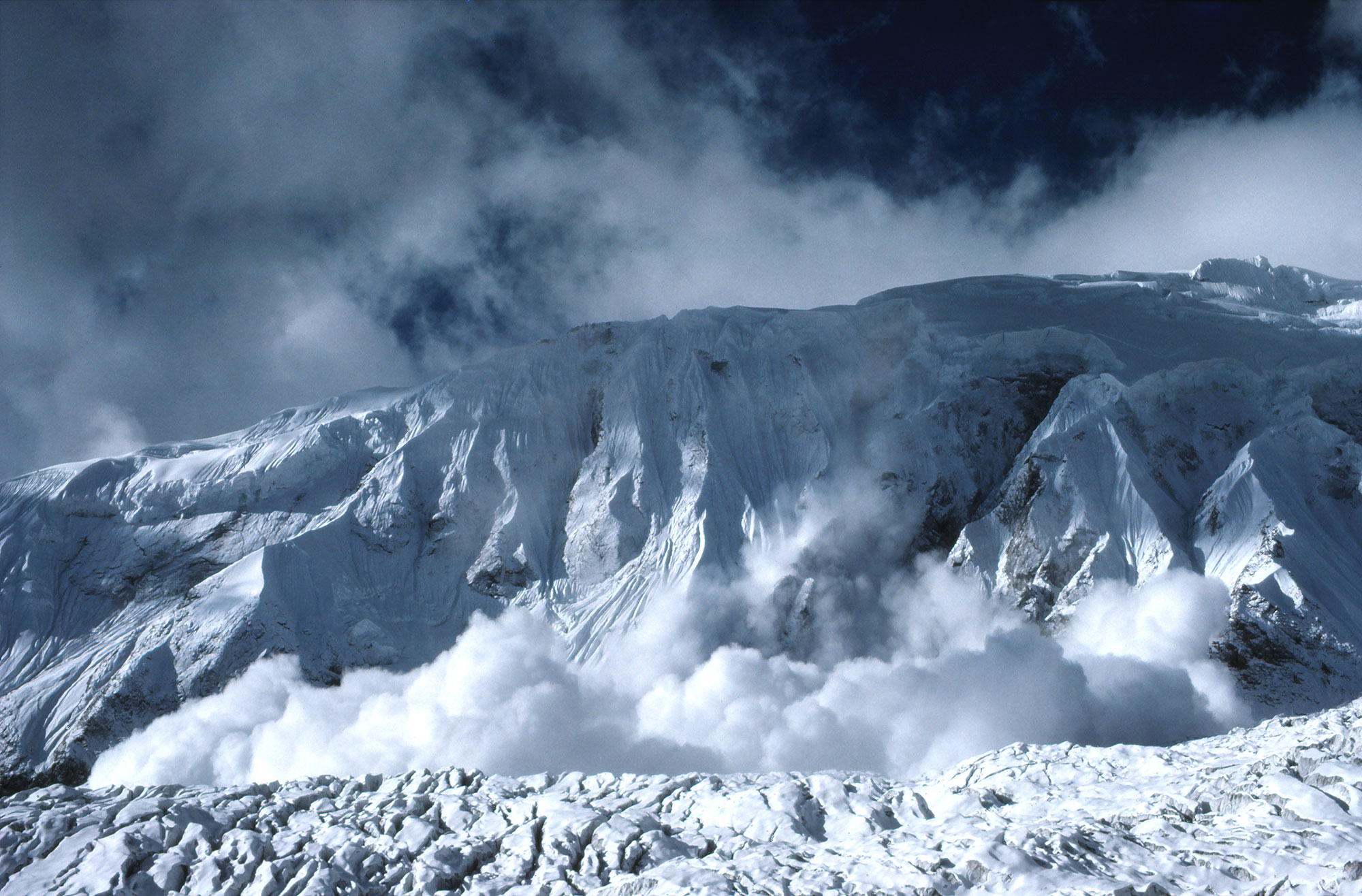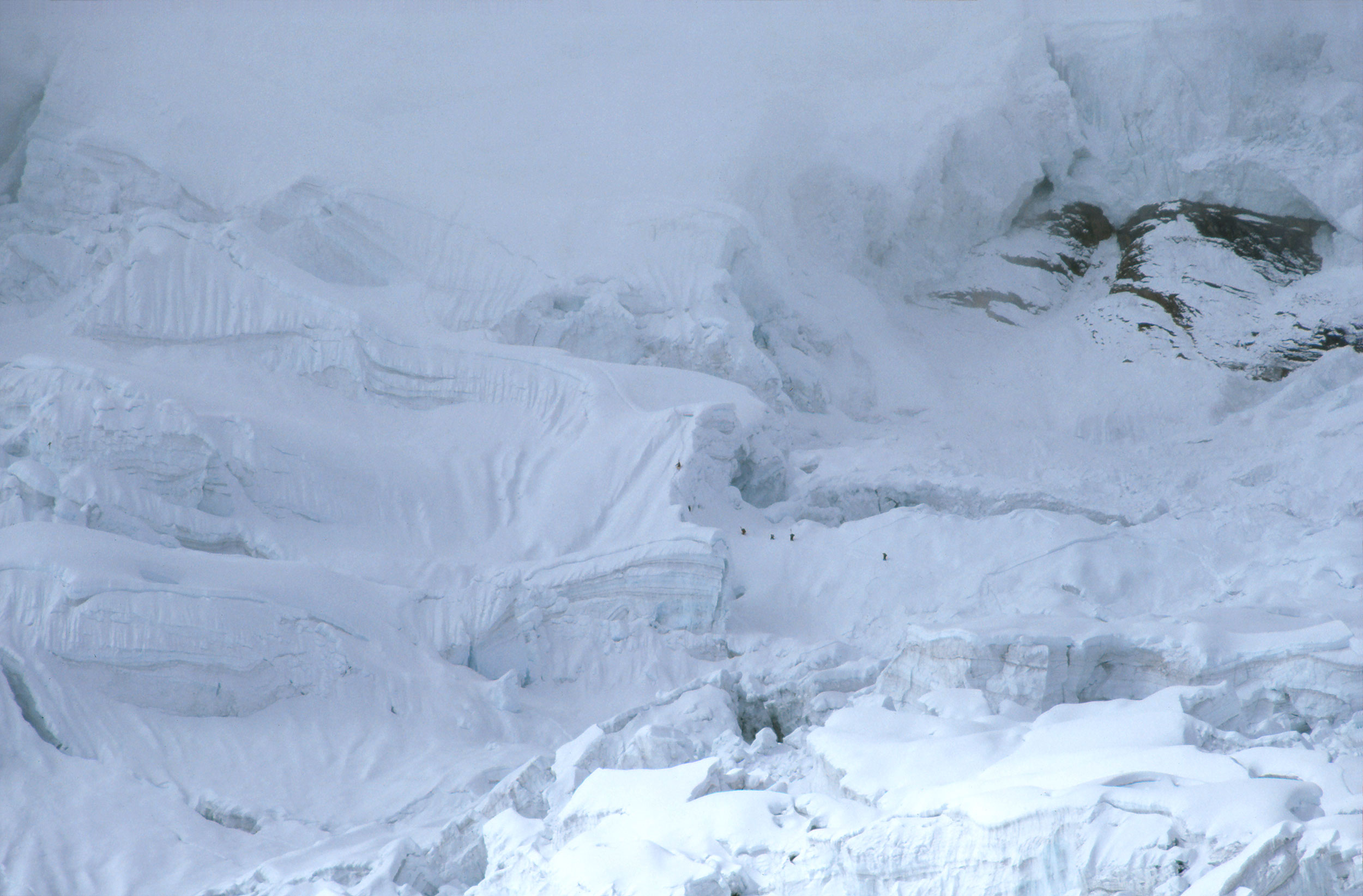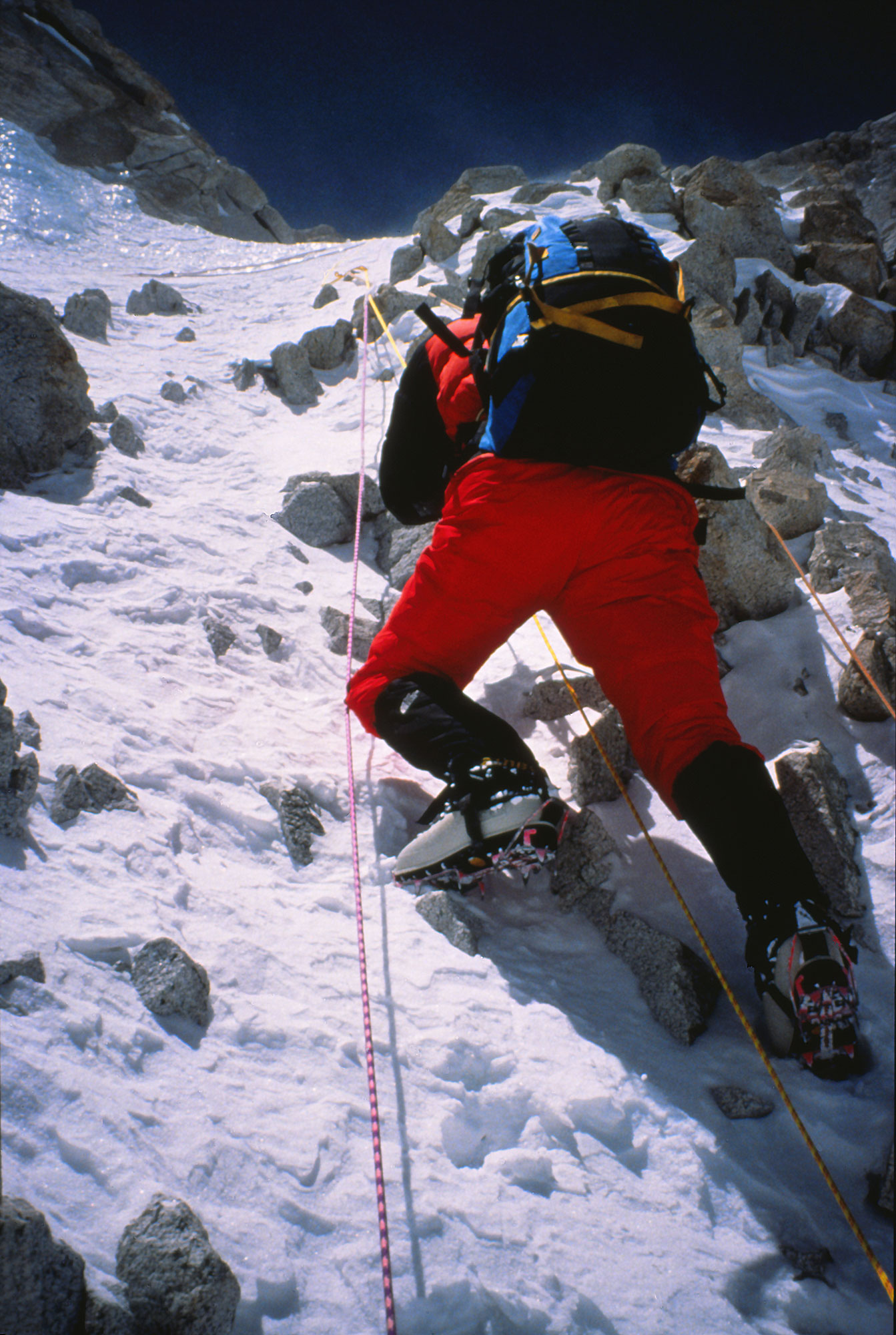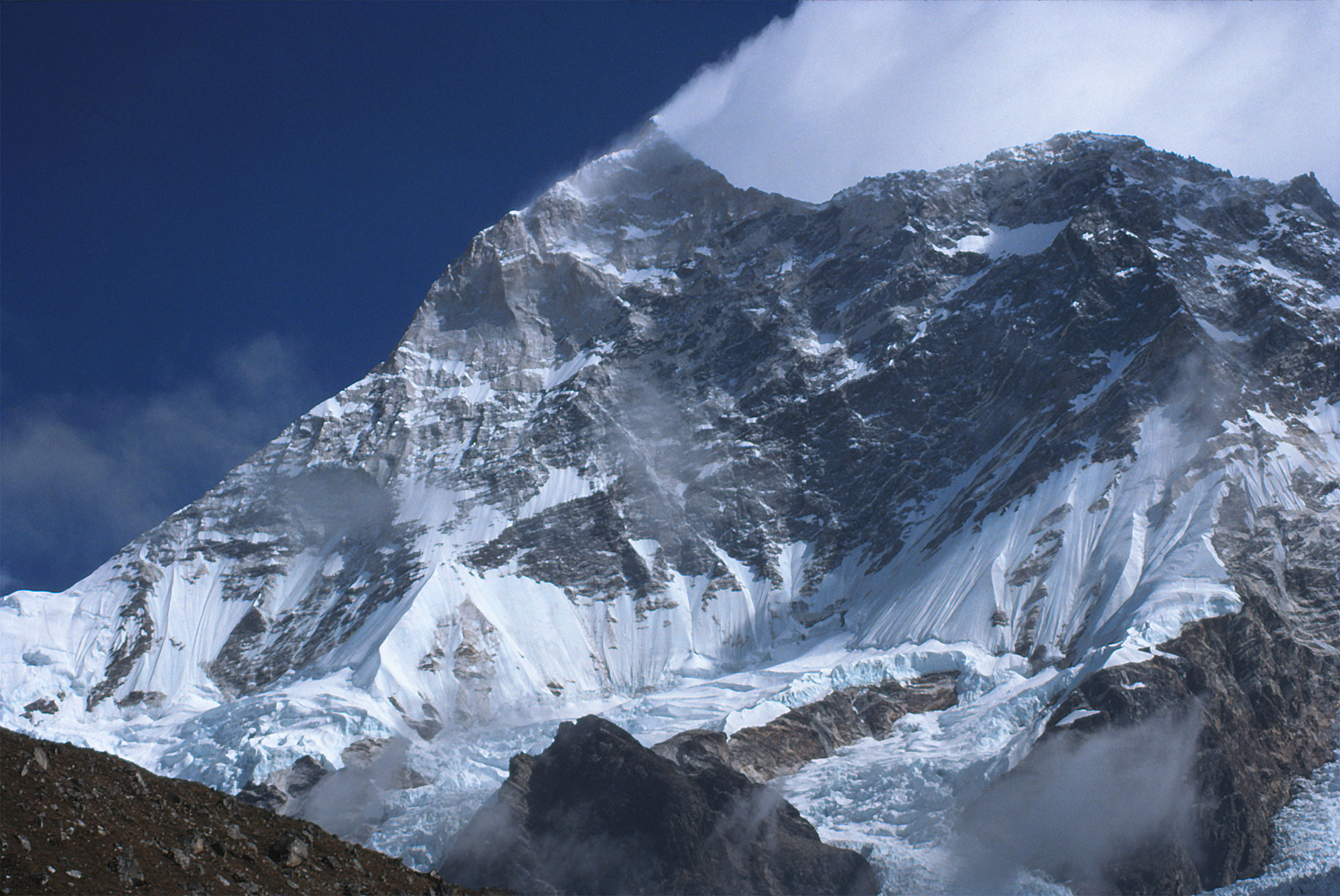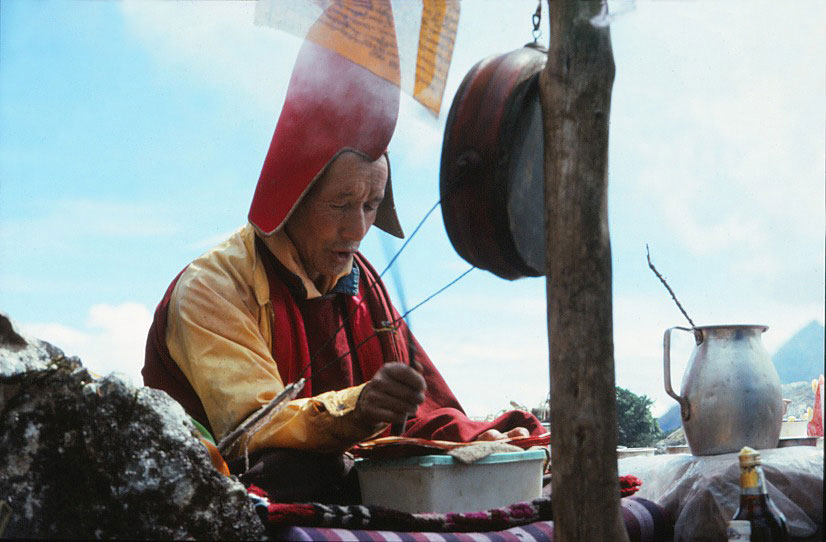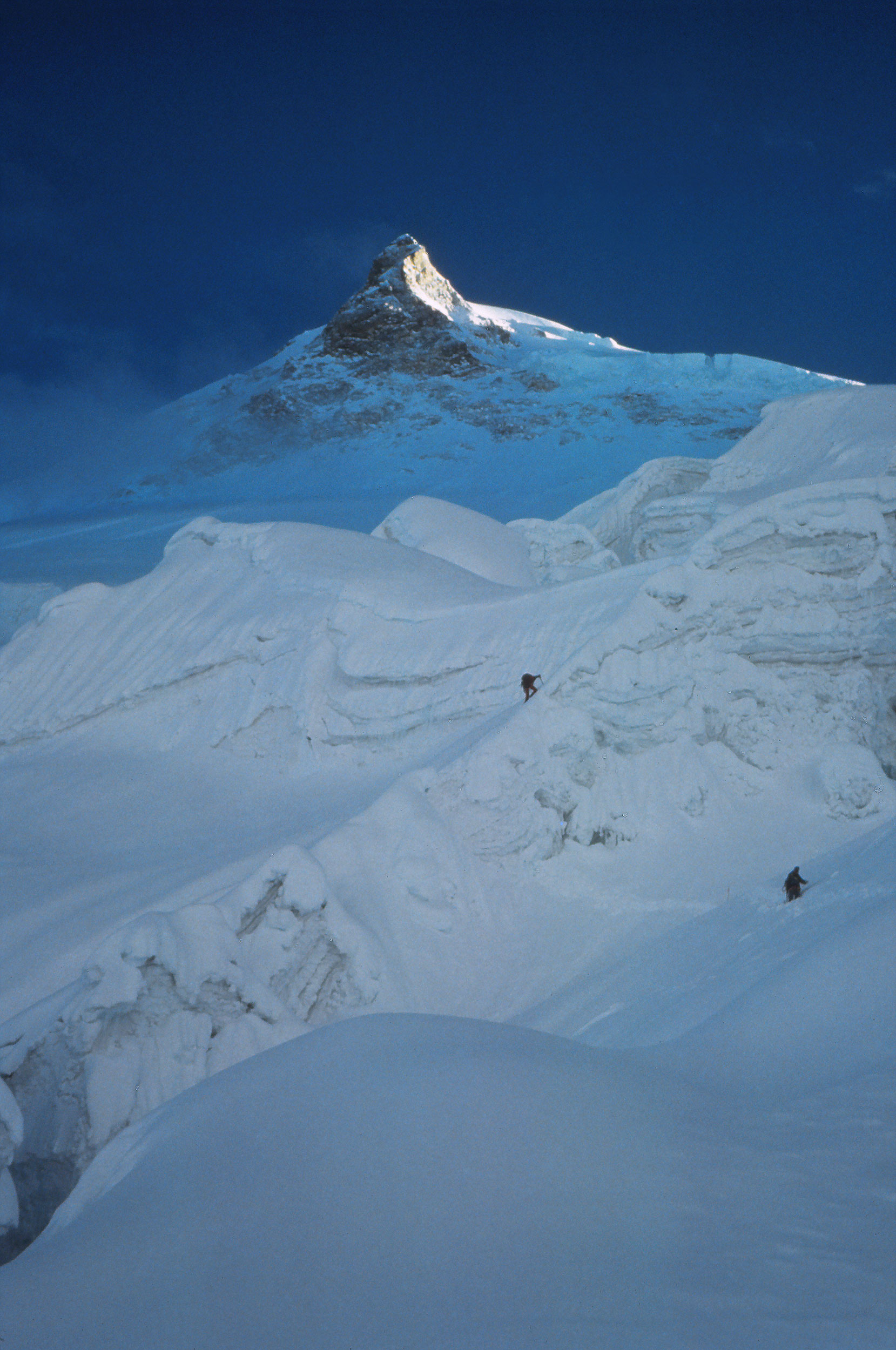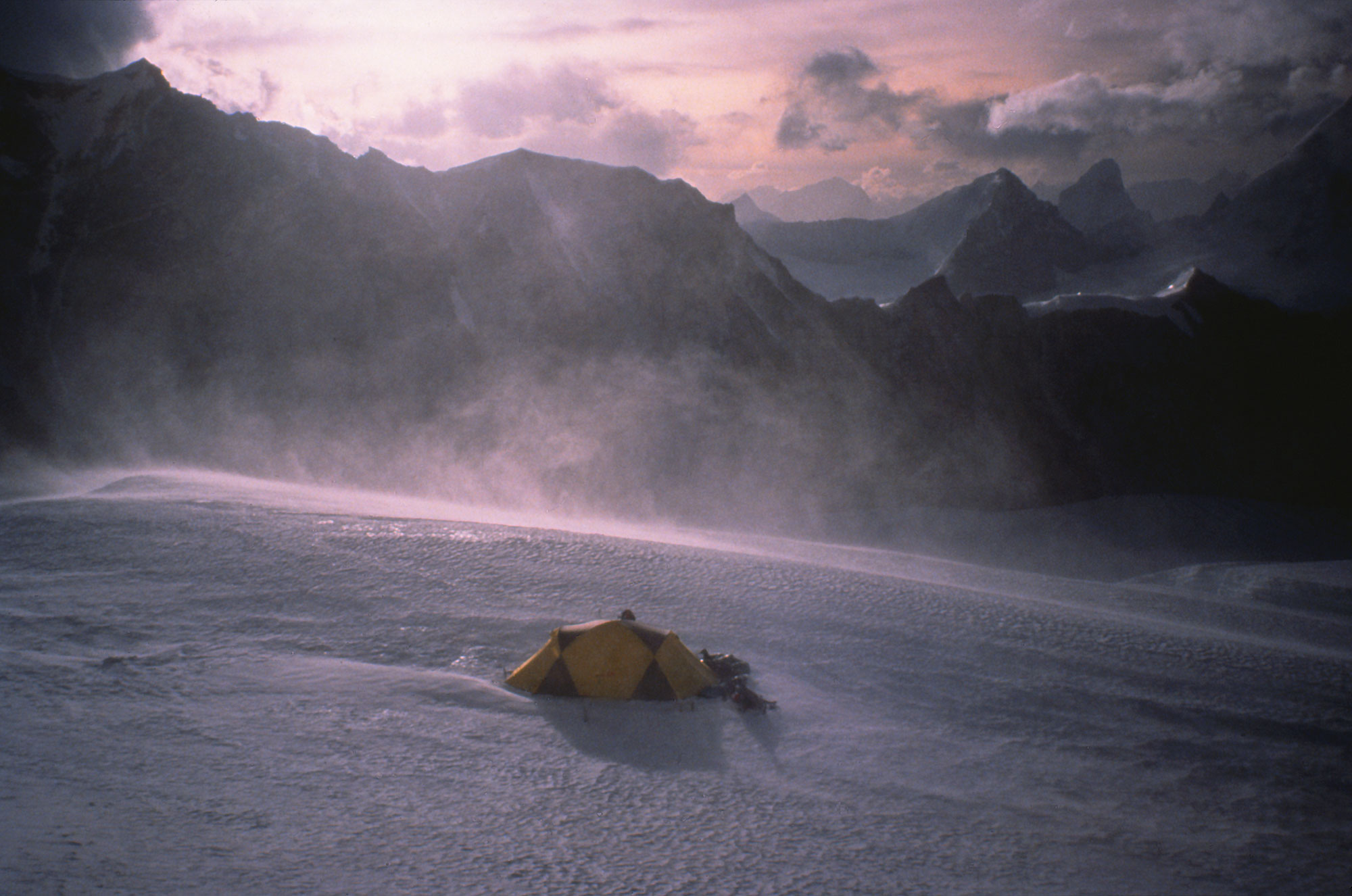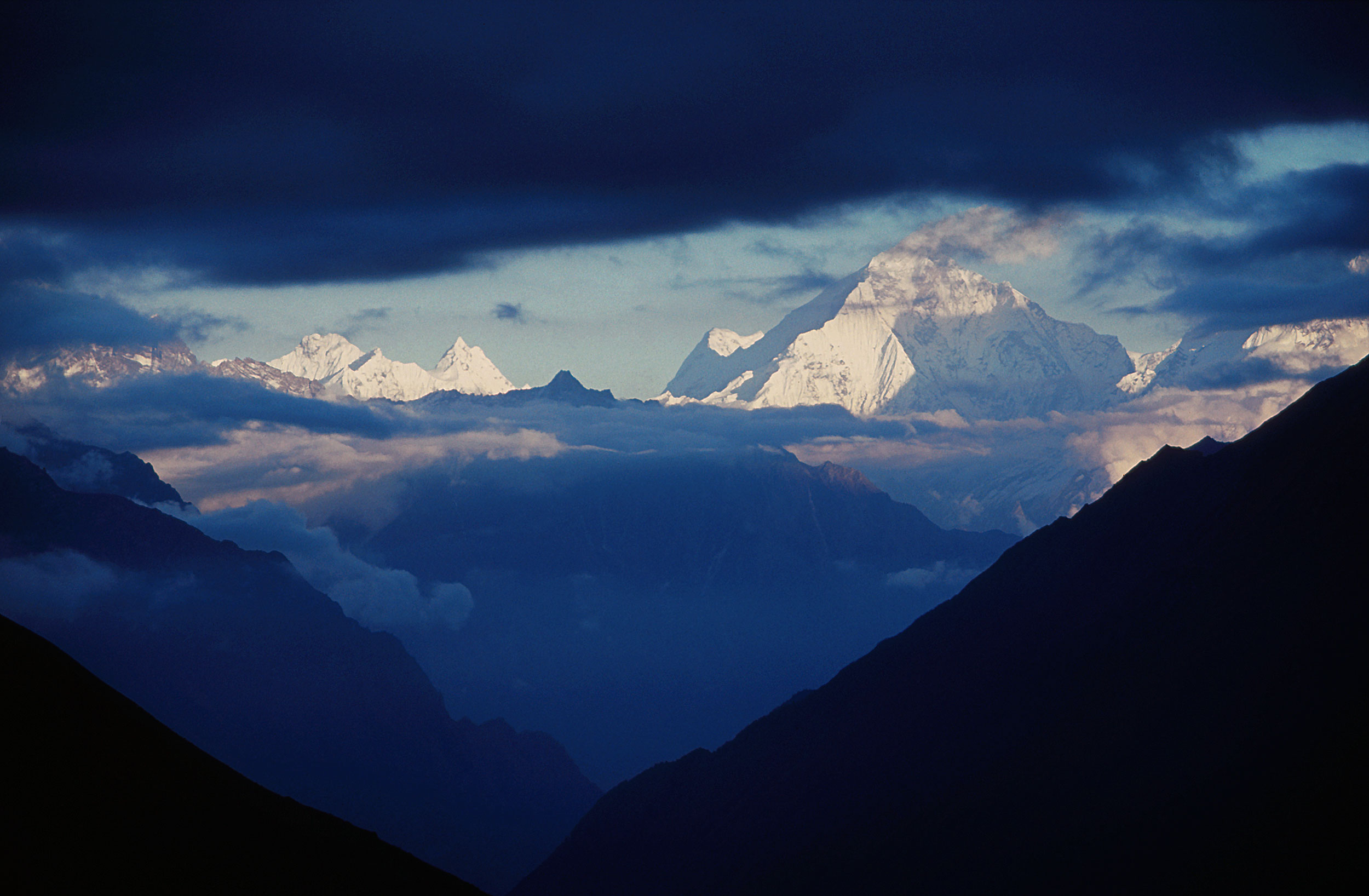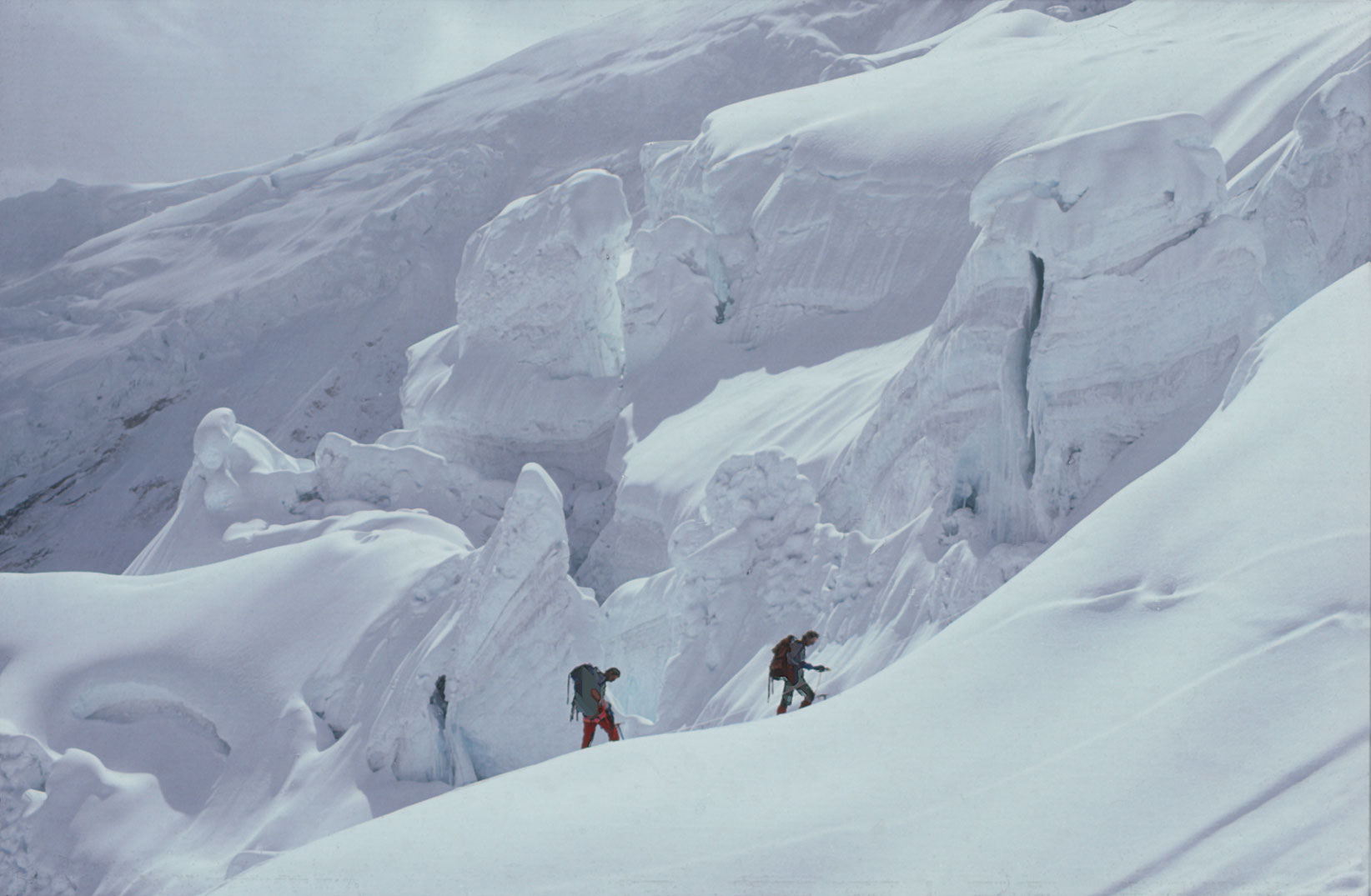Himalaya Alpine Style
What is probably most remarkable about these adventures is that they occurred long before the advent of guided climbing in the Himalaya, and for a land cost of barely five-thousand dollars per member for a three-month journey. I actually spent nearly that much in local restaurants at home over the same period of time. Few believed then or now that we could mount a serious Himalayan expedition with such meager funds, but it is what we did. Every trip to a big mountain that I participated in was conceived as lightweight, self-supported expedition done without corporate sponsorship, without using Sherpas above basecamp, and without supplemental (bottled) oxygen. This meant that we had to put in our own routes, fix our own ropes over the difficult technical sections, as well as carry our own loads and set our own camps. Climbing an 8,000 meter peak in this manner is not easy and it makes success on a big Himalayan peak infinitely more difficult, almost impossible. But we wanted an authentic adventure, and to achieve that we really could not assault the mountain, or mitigate our own personal risk by risking the lives of our Sherpa friends. The 80’s and early 90’s is now viewed as the golden age of Himalayan mountaineering with difficult and impossible routes being put up by inspired and incredibly talented mountaineers. While I was certainly not in this cadre of climbers, I was lucky enough to be tolerated by my new friends who were.
